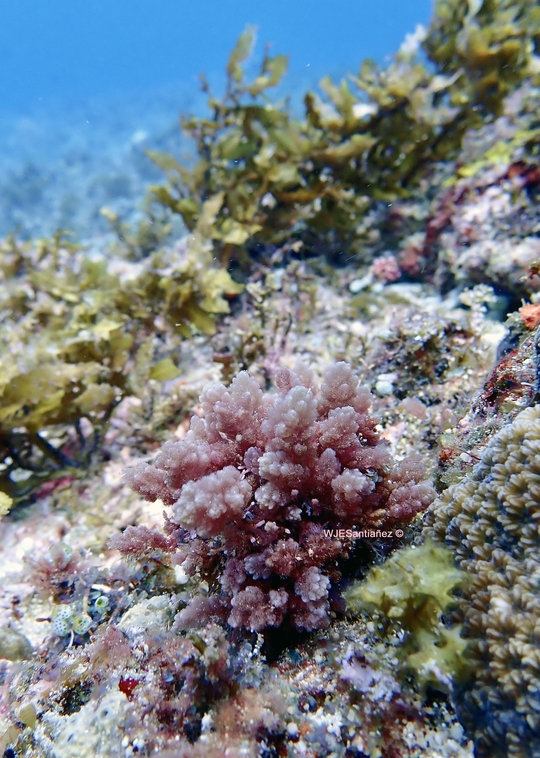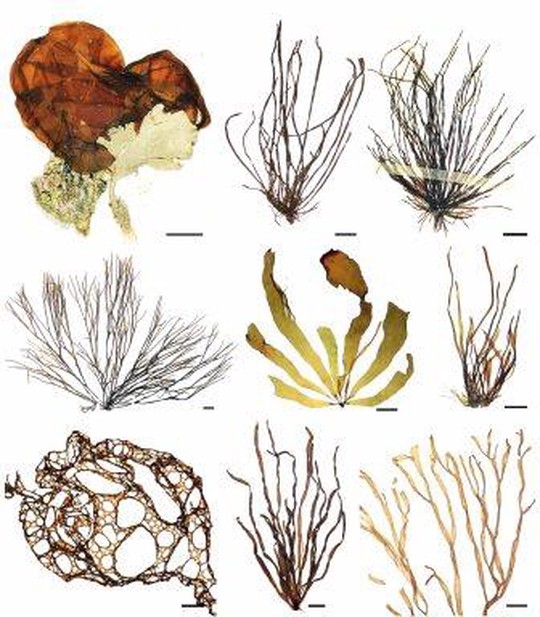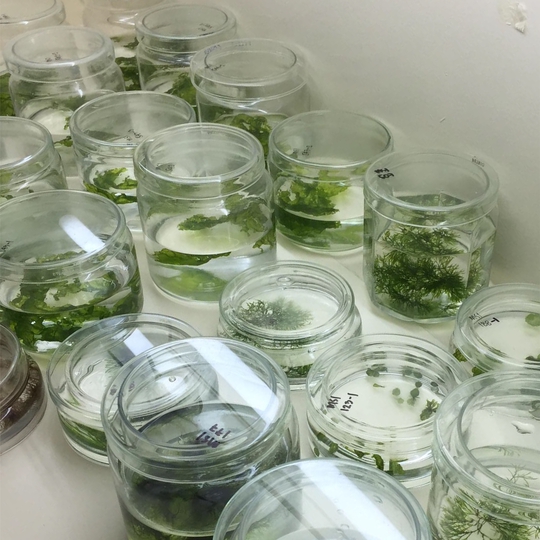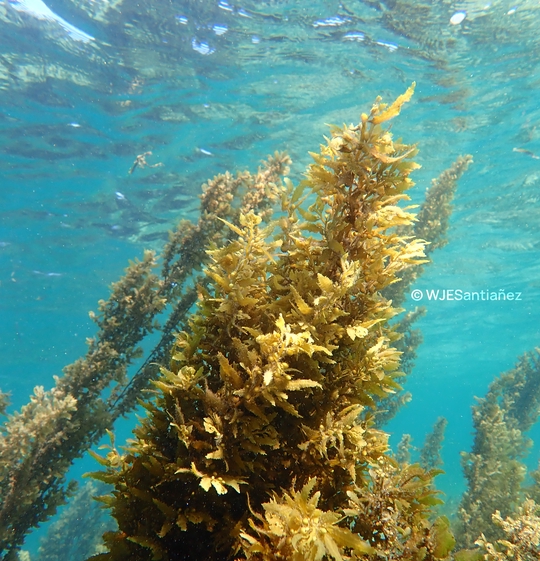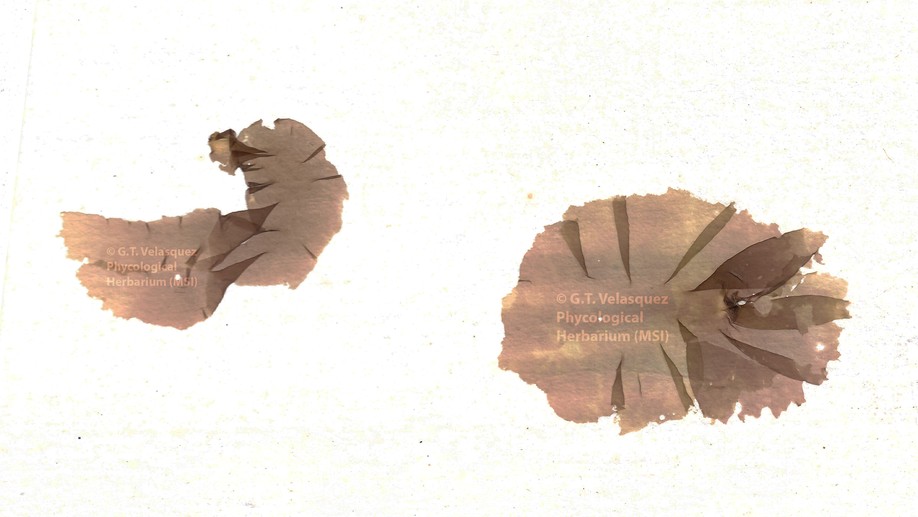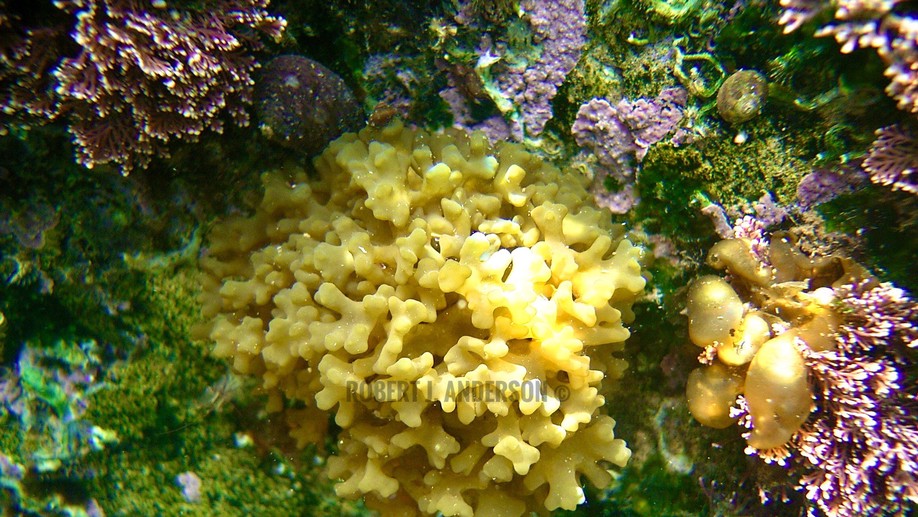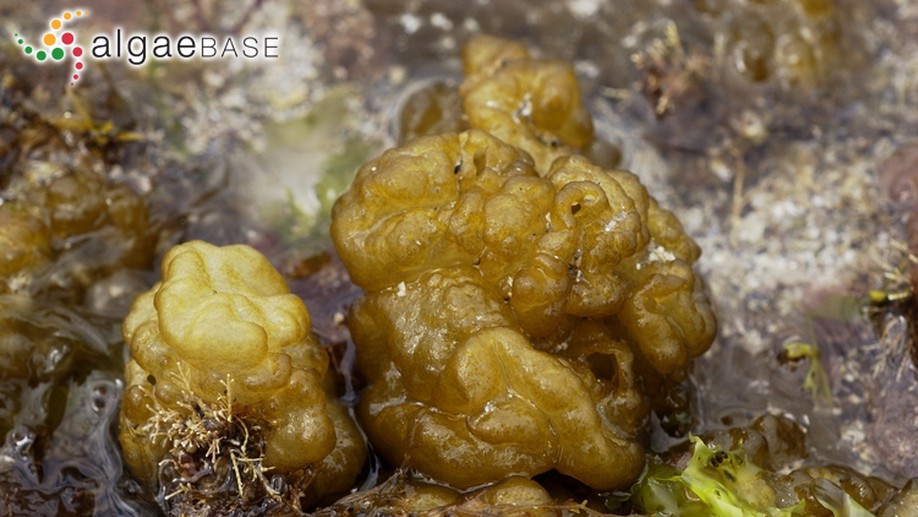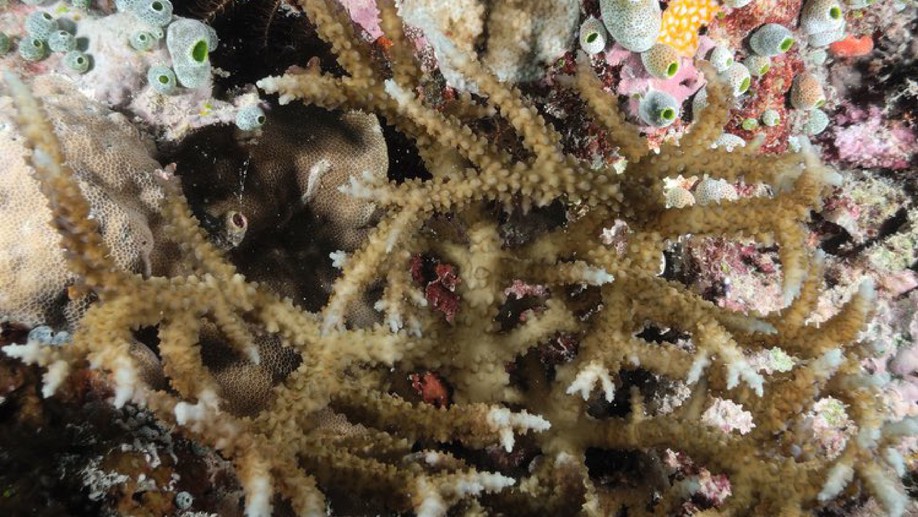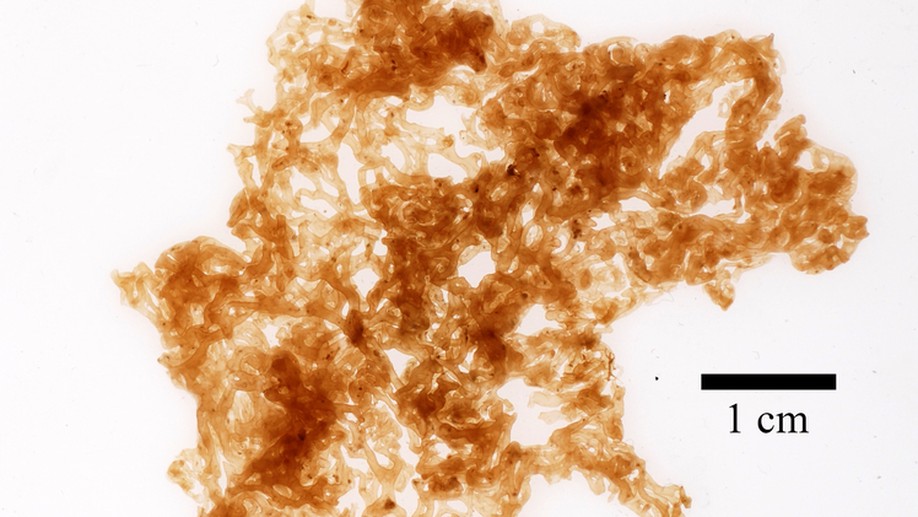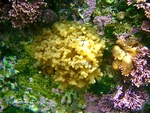Marine Phycology Laboratory
The Marine Science Institute, University of the Philippines
We actively work on the biology of seaweeds, especially their biodiversity, systematics, life history, and reproduction. We also dabble on algal community ecology, gravitating towards understanding the ecology of canopy-forming seaweeds such as Sargassum as well as other ecologically and economically important seaweeds such as red seaweeds Asparagopsis and Halymenia, and green seaweeds Ulva. Other research done by our team include floristics, marine phytogeography, and molecular phylogenetics.
Moreover, we conduct applied phycological research, with special reference to seaweed farming (i.e., mass cultivation of carrageenan-producing seaweeds Kappaphycus, Eucheuma, and Halymenia). Currently, we are scaling up on our efforts in harnessing underutilized seaweed resources by developing novel and/or locally-adapted cultivation technologies for large-scale biomass production of economically important seaweeds such as Ulva and Asparagopsis. This is to support the call of the seaweed industry to diversify our seaweed products.
Our team of young, budding scientists is led by one of the newest additions to the roster of faculty of MSI, Dr. Wilfred John E. Santiañez.
